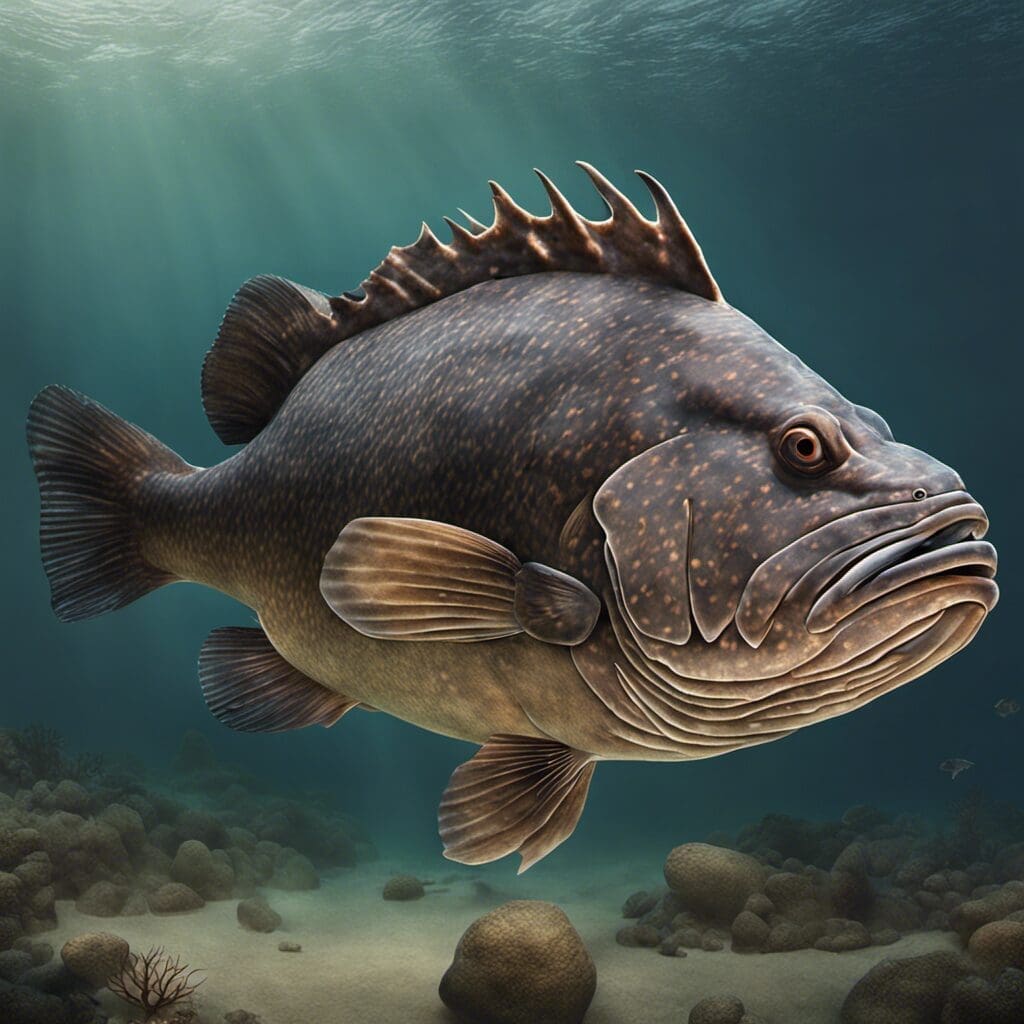Introduction
The Queensland Groper, scientifically known as Epinephelus lanceolatus, is part of the Serranidae family. This gigantic fish is also commonly known as the Giant Grouper owing to its enormous size.
Conservation Status
The Queensland Groper is currently classified as ‘Vulnerable’ according to the International Union for Conservation of Nature (IUCN). Conservation efforts are in place to protect this species.
Conservation Efforts
The Queensland Groper is protected under the Fisheries Act 1994 (Queensland) and it is illegal to take, harm or kill them in Queensland waters. Aquaculture and breeding programs have also been initiated to boost their population numbers.
Statistics
| Length (Average) | Length (Range) | Weight (Average) | Weight (Range) | Average Lifespan |
|---|---|---|---|---|
| 3.3 meters | 1 – 4.3 meters | 360 kg | 100 – 400 kg | up to 50 years |
Distribution
The Queensland Groper is found in the Indo-Pacific region, including the eastern coast of Australia, particularly Northern Queensland.
Habitats
These giant fish typically inhabit warm, saltwater bodies and are often found in coastal waters, reefs, and estuaries. Their depth range is usually 2 to 100 meters, and they prefer temperatures between 23 and 30 degrees Celsius.
When and Where to See
Queensland Gropers can be spotted year-round but are more commonly visible during warmer months. They are most active during the day.
Best Fishing Locations
Top Places
1. Great Barrier Reef, Queensland, Australia
2. Scott Reef, Western Australia
3. Rowley Shoals, Western Australia
4. Coral Bay, Western Australia
General Tips
Look for rocky inshore reefs or piers where Gropers are known to hang around. If you’re visiting a new location, consult with local fishing services for advice.
How to Catch
Note: Fishing is generally not recommended due to conservation status. However, if you’re out to catch a glimpse of this magnificent fish, use a strong, heavy-duty tackle as these are very large and powerful fish.
Identification Guide
Queensland Groper is easily recognizable with a large body, big mouth, and rounded tail. They have a bright blue, green, or grey body with irregular yellow spots.
Additional Information
This species is solitary and territorial. The largest recorded Queensland Groper weighed 399 kg, caught at Entrance Island, Western Australia.
References and Further Reading
Please note: Always open these links in new tabs.
1. Wikipedia – Giant Grouper
2. fish.gov.au – Giant Grouper
3. Queensland Museum – Giant Grouper

